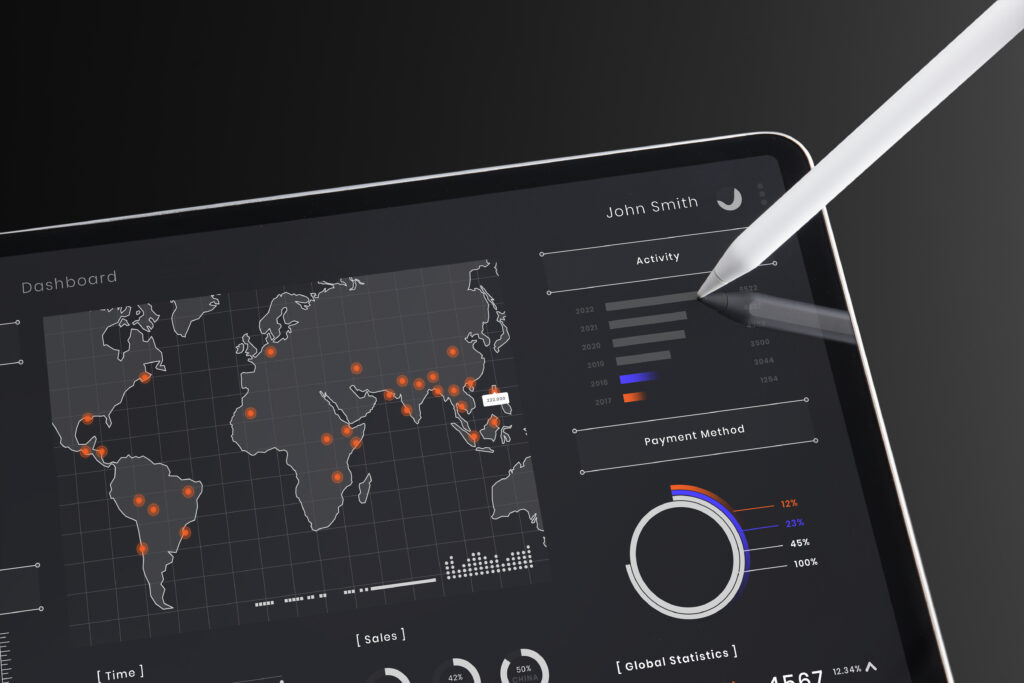In 2025, that’s not a hypothetical. It’s reality. Managed IT has evolved to meet the real needs of small and midsize businesses—not as an offshoot of enterprise services, but as a dedicated approach tailored to SMB workflows, budgets, and growth plans.
This new model recognizes that businesses with 10, 50, or even 150 employees face digital demands as complex as large enterprises—but with fewer resources. From cloud flexibility to security layers and long-term strategy, Managed IT in 2025 is designed with small business priorities at the core.
Rethinking What Managed IT Means for SMBs
The outdated break/fix approach to IT is gone. Today, managed IT is fully integrated into business operations. It combines technical support, cybersecurity, strategic planning, and systems management under one umbrella—delivered by a partner that understands your business goals.
For example, a 15-person architecture firm might use cloud-based design software, coordinate with contractors across time zones, and store sensitive client plans digitally. Managed IT ensures their tools stay operational, files remain secure, and collaboration is seamless—even without an in-house IT department.
Key benefits now expected by SMBs:
-
Centralized IT oversight, without hiring full-time staff
-
Seamless support for hybrid work environments
-
Scalable infrastructure that grows with demand
-
Predictable IT spending and transparent billing
The Shift from Reactive to Proactive IT
In the past, businesses called IT only after something broke. However, in 2025, that approach poses too many risks and wastes valuable time. As a result, today’s Managed IT teams take action before issues arise, using proactive monitoring and intervention as the standard.
With this in mind, AI and analytics tools now continuously scan systems for warning signs—whether it’s hardware aging, software conflicts, or emerging security threats. So when the internet slows or a computer lags, Managed IT doesn’t wait. Instead, it diagnoses the root cause and resolves it, often overnight, so employees start the day without disruption.
For example, when a hard drive shows signs of failing, predictive alerts trigger a scheduled replacement before a crash happens. Ultimately, this method protects data, prevents downtime, and allows teams to stay productive without worrying about technical setbacks.
Cloud Usage That Matches Your Business, Not Trends
Cloud adoption isn’t a one-size-fits-all process. The evolution of cloud services in 2025 centers on customization, not just migration. Managed IT providers work closely with SMBs to determine the right balance of cloud-based and on-premises solutions.
Examples of typical setups:
-
Productivity platforms like Microsoft 365 or Google Workspace for remote collaboration
-
Cloud-based CRM systems with mobile accessibility for sales teams
-
Local servers for high-performance software or sensitive data requiring physical control
-
Hybrid backups with both onsite storage and encrypted cloud redundancy
This balance ensures business continuity, fast access to tools, and controlled IT costs. The ability to flex across environments gives small businesses the kind of agility that once required large internal teams.
Cybersecurity That Reflects Your Actual Risk
The myth that cybercriminals ignore small businesses has been thoroughly debunked. Nearly 43% of cyberattacks target SMBs, according to a recent study by the Verizon Data Breach Investigations Report.
Managed IT services in 2025 are built to meet this threat head-on, with security measures that scale to your size, industry, and risk level. Every company, regardless of headcount, deserves protection tailored to its vulnerabilities.
Common tools deployed by Managed IT teams:
-
Endpoint Detection and Response (EDR) for proactive device monitoring
-
Multi-factor authentication (MFA) for secure access
-
Role-based permissions to limit sensitive data exposure
-
AI-powered phishing filters to prevent employee error
These protections are part of a larger cybersecurity posture that includes employee training, system audits, and real-time threat response.
IT Support That Actually Supports People
Support isn’t just technical—it’s relational. In 2025, managed IT providers emphasize fast response times and approachable service. They prioritize clarity, continuity, and real conversation over technical jargon or automated replies.
Modern features include:
-
Direct chat channels for immediate help
-
Secure remote sessions to resolve issues live
-
Knowledge bases and onboarding resources tailored to your stack
Imagine calling for help and reaching someone familiar with your software, business hours, and office layout. That’s not wishful thinking—it’s standard.
vCIO: Enterprise-Level Strategy for Growing Companies
The virtual Chief Information Officer (vCIO) role is one of the most valuable developments for SMBs. A vCIO provides strategic planning, vendor management, and infrastructure guidance, without requiring a full-time executive hire.
They help answer critical questions:
-
Which tools align with your growth goals?
-
How should IT budgets evolve with scaling operations?
-
Are you protected from compliance liability?
These are high-level concerns that often go unanswered in small businesses. With vCIO services embedded into Managed IT, businesses receive insight and foresight, not just break/fix support.
Compliance Made Simple, Not Scary
Industries ranging from finance to healthcare—and increasingly, retail and e-commerce—face strict regulatory requirements. SMBs are expected to comply with data protection standards without the luxury of internal compliance teams.
Modern Managed IT providers address this with built-in compliance features:
-
Encrypted backups and access logs
-
Documentation support for audits
-
Scheduled policy reviews and staff compliance training
These efforts reduce liability and strengthen customer trust, key differentiators in competitive markets.
Transparent, Predictable Costs That SMBs Can Trust
Another key improvement in Managed IT is the shift to predictable pricing. Budgeting for technology used to involve surprises—unplanned upgrades, urgent fixes, or missed renewals. Now, service plans bundle core functions into consistent, flat-rate fees.
Benefits of the modern pricing model:
-
Clear scope of services
-
Tiered offerings based on business size and complexity
-
Flexibility to scale up as needed
This empowers SMBs to treat IT as a strategic investment, not an unpredictable expense.
Final Thoughts
Managed IT in 2025 is built for businesses like yours. It doesn’t assume you have an IT department or a giant budget. Instead, it provides real solutions—support when you need it, security when it matters most, and strategy that propels your business forward.
Whether you’re operating a five-person firm or managing multiple teams across locations, managed IT services have finally caught up with the needs of modern SMBs. It’s not about handing you tools—it’s about making sure those tools work for you.





